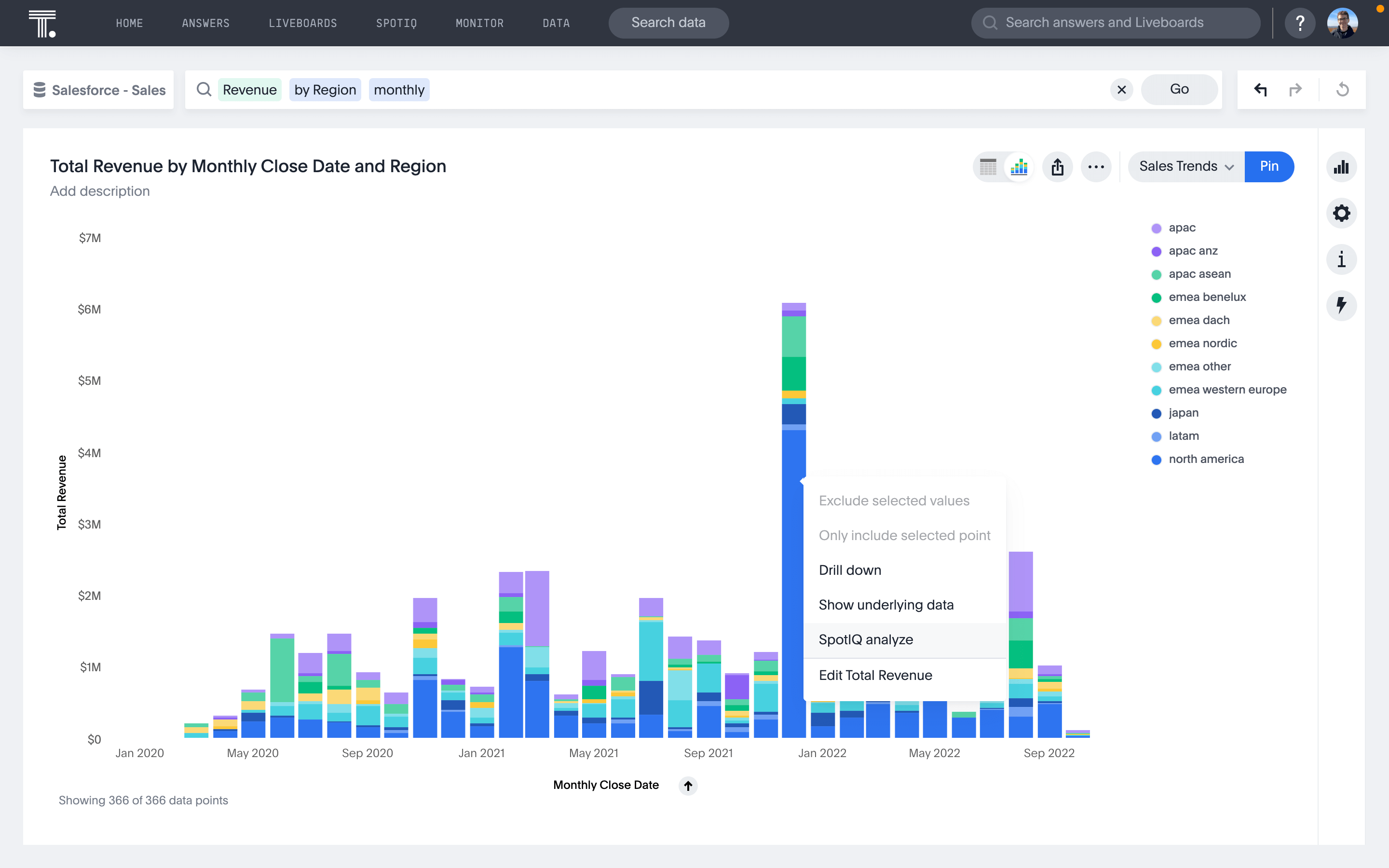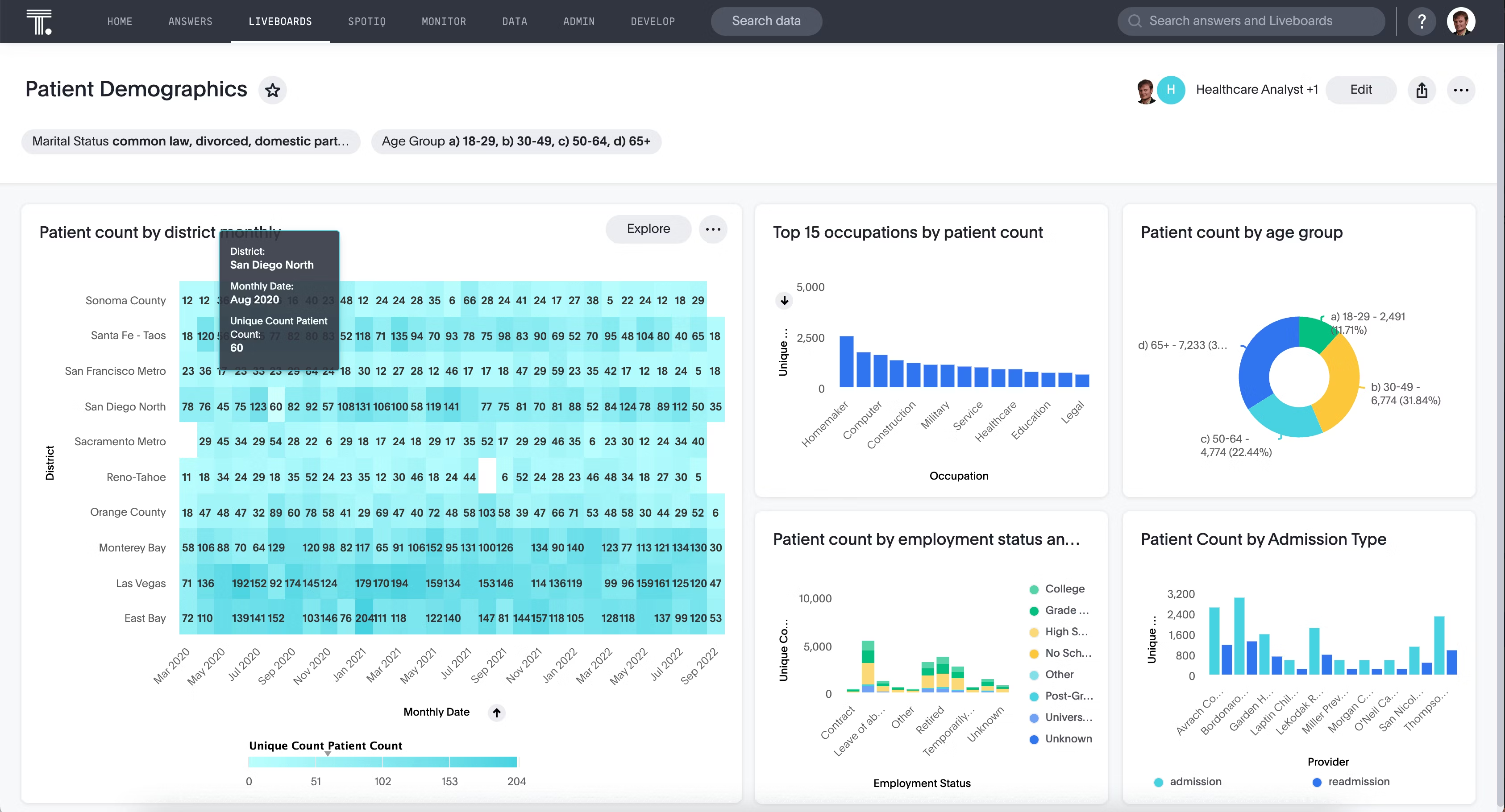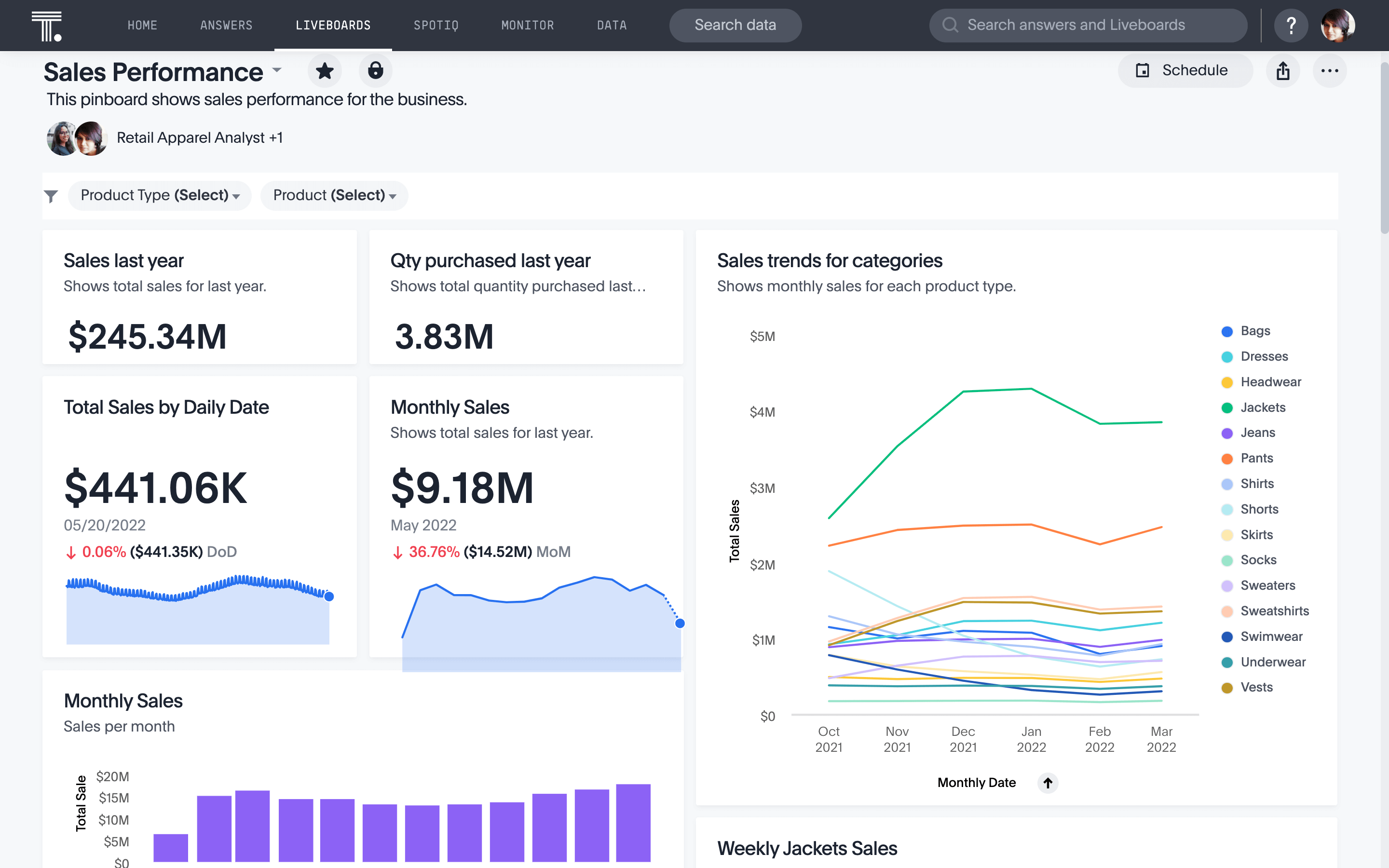Are you always trying to perform complex operations in a short amount of time? In the world of data analysis, speed is essential. In fact, the need to quickly find insights and take action is one of the most important trends in analytics in recent years.
To accomplish this task efficiently and effectively, many organizations have looked to empower their teams to ask questions on the fly, without needing prebuilt dashboards, with ad hoc queries. Ad hoc queries are used to find information quickly from data; often this includes massive volumes of data, housed in a cloud data platform, and exposed through some sort of business intelligence solution.
When opting for an ad hoc query instead of writing long SQL analytics functions or crafting configurations, users can quickly interrogate their data, without the time intensive work that goes into creating more traditional queries. The most powerful of these solutions pair a self service analytics experience with this ad hoc query. This makes it easier for anyone, not just those with technical knowledge or coding skills, to efficiently extract actionable insights quickly — saving both time and energy. Read further in this post as we dive into what an ad hoc query is and why it’s beneficial for your business.
What is an ad hoc query?
Ad hoc query refers to user-defined searches that are used to gain insight into a given data set without requiring any predefined dashboards, drill paths, and coding. By leveraging these types of queries, users can access specific information when and where they need it. Ad hoc queries are particularly important for business analytics and decision-making as it provides an efficient, bespoke way for users to examine trends, patterns, and any other variables related to the data set. This type of query allows users to ask specific questions, instead of just asking the questions defined by the analytics team when a dashboard or report was initially created. Furthermore, ad-hoc queries can be used to compare datasets side by side to gain a better understanding of the data's characteristics and relationships.
Ad-hoc queries are often used in conjunction with data visualization tools, allowing users to see the results of their queries quickly and easily. The value of these tools extend the ad hoc query experience to the visualization through interactive data visualizations, allowing users to continually interrogate and dig deeper into their data.

Top benefits of ad hoc queries
Ad hoc queries give users the ability to ask questions and receive answers in real time. This creates opportunities for businesses to gain valuable insights and make decisions quickly, giving them an edge over their competitors. The most valuable combination of this ad hoc analysis capability is with a self-service experience. In doing so, not only can analytically skilled users quickly ask questions, any user can ask questions of their data, extending the benefit of ad hoc queries beyond data teams throughout an organization.
Here are 5 benefits of ad hoc queries:
Increased data exploration
Ad hoc queries provide a flexible environment that allows users to ask questions in a variety of different ways. This gives users the ability to explore data on their own, quickly adapt their queries to meet the changing needs of their business, and take action on those changing needs.
Improved accuracy
Ad hoc queries can help businesses get more precise answers by allowing them to continue to ask follow up questions to identify potential issues of data quality, focus on specific data parameters, access the most updated data, and obtain more detailed information than traditional query systems.
Faster execution
Ad hoc queries are typically faster than traditional query systems, especially modern analytics tools built purposefully to handle data at cloud volumes. This can help businesses get their answers quicker, allowing for more efficient decision-making processes.
Better ROI from data investments
Ad hoc queries make it easier for users to ask questions and receive answers in real time; as mentioned, the best make it possible for every kind of user to do so. This helps drive a better user experience, which leads to better adoption, and ultimately, enhanced ROI when compared to traditional query systems.
See how companies are generating 289% ROI and $6.3M in value with ad hoc querying from ThoughtSpot
Cost savings
Ad hoc queries can help businesses save money, as they require less technical resources to answer questions. When paired with a self service business intelligence layer, business users can ask their own questions and get answers from the data themselves, meaning technical teams can break free from endlessly tweaking reports and focus on more strategic data initiatives.
5 examples of ad hoc queries
Ad hoc queries are an important tool for any data analyst or business intelligence professional and can help data teams hit data and analytics KPIs, while helping business users get more value from analytics. They enable dynamic, on-the-fly analysis and can be used to quickly answer specific questions or explore unknown relationships between data sets. Here are five examples of how ad hoc queries can help with data exploration and insight:
1. Identifying Trends
Ad hoc queries can be used to identify trends within a data set or between different sets of data. This could help answer questions such as what is the average age of people in a certain zip code, or how have sales of a particular product changed over time?

2. Comparing Data Sets
Ad hoc queries can also be used to quickly compare data sets to find correlations or differences between them. For example, if you wanted to compare sales of two different products at different stores, an ad hoc query could be used to quickly find the results.
3. Generating Reports
Ad hoc queries can also be used to generate reports, such as a customer list or a summary report on sales over a certain period. This is especially useful when dealing with large amounts of data that would otherwise take too long to process manually.

4. Spotting Anomalies
Ad hoc queries can be used to quickly identify any anomalies or inconsistencies in the data that may not be immediately obvious, such as unusually high or low values for certain variables.
5. Updating Reports
Ad hoc queries can also be used to update reports or dashboards on the fly, keeping them up-to-date with the latest data. This could help in cases where there are frequent changes to the data set being analyzed, such as sales figures for a particular product over time. This would enable the analyst to quickly update their reports without having to manually re-run the query each time.
What to look for in an ad hoc query tool
When searching for the best ad hoc query tool, there are five key features to look for.
User-friendly interface.
The interface should be easy to use and understand, allowing users to quickly access and manipulate data without needing extensive technical knowledge or training. For most companies, this means using an ad hoc query tool with a self service front end built around familiar consumer concepts like search and AI-generated suggestions. This removes all the query creation from the user, who instead asks questions in simple, natural language. This makes it simpler to quickly view data insights, generate interactive reports and charts, and take action
Direct data connectivity
With ad hoc queries, you’re often looking for updated information to a specific question. It’s critical your ad hoc query tool isn’t analyzing data that’s out of date if you want to build trust with users while driving the appropriate outcomes. In evaluating an ad hoc query tool, make sure you can connect natively with your data so your query results are always as fresh and current as the underlying data.
Strong scalability.
Ad hoc queries are only as valuable as the data they run against. Often, the value is in the details. A top-notch ad hoc query tool should be able to handle massive data volumes without suffering in terms of experience or performance. It should also be able to easily incorporate new data sources and provide users with the ability to customize their own queries and reports.
Comprehensive reporting capabilities.
The best ad hoc query tools offer a range of reporting options, interactive visualizations, customizable charts and graphs like bar charts and histograms, that can help visualize data in a more meaningful way. Look for features like report templates and automated scheduling so users can quickly generate standard or complex reports without having to manually enter data.
Reliable security measures.
Many ad hoc query tools include encryption and authentication features that can help keep sensitive data secure. Look for tools that offer robust user control settings, secure access protocols, and other measures to protect against unauthorized access or tampering.
Get the insights you need in minutes
An ad hoc query is a great way to get specific insights from your data without having to rely on someone else to generate a report. If your organization would benefit from empowering anyone being able to safely and reliably ask and answer their own data questions with ad hoc queries, ThoughtSpot can help. Sign up for a free trial today and see for yourself.








